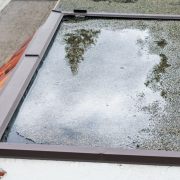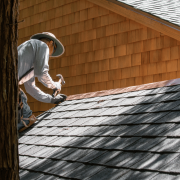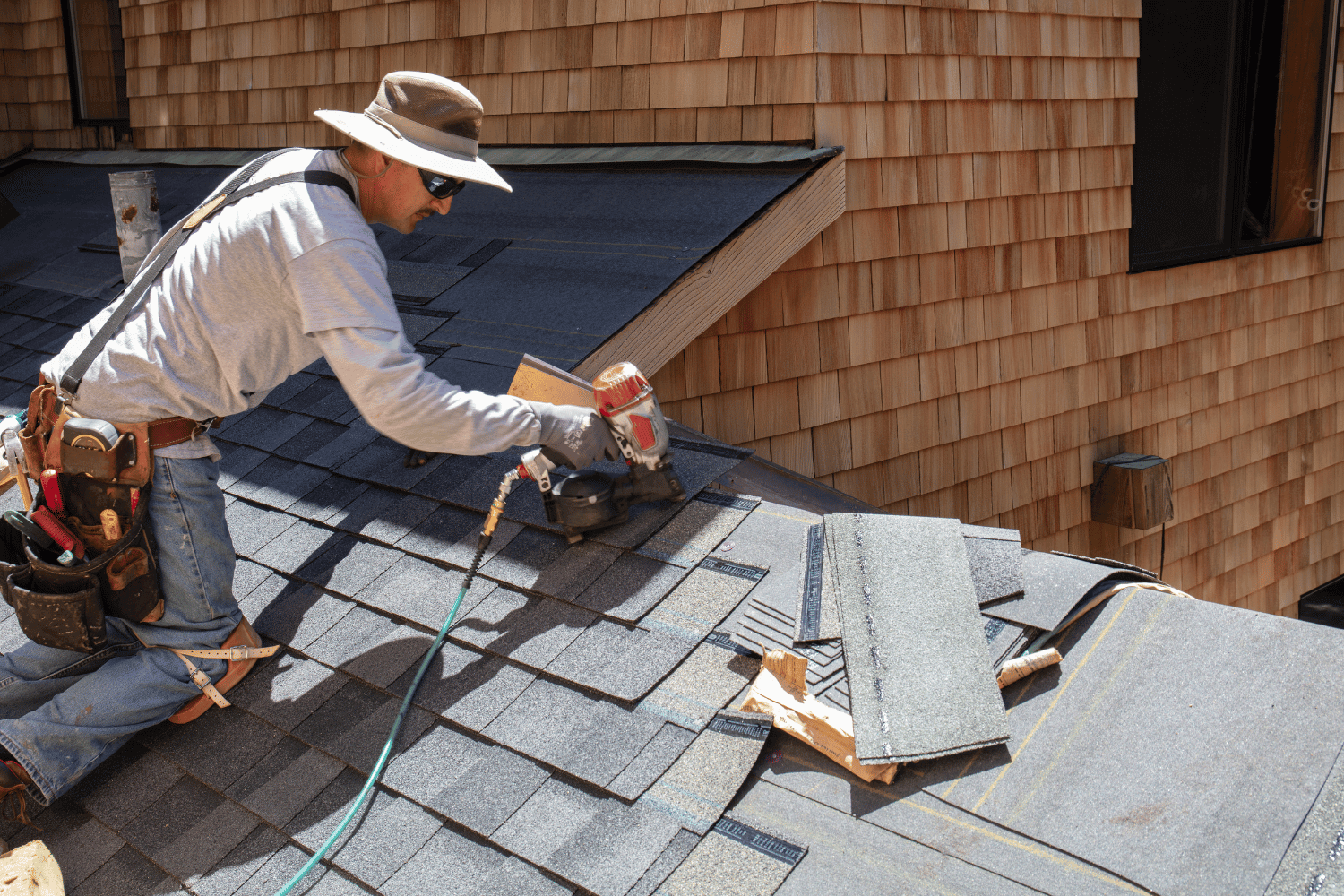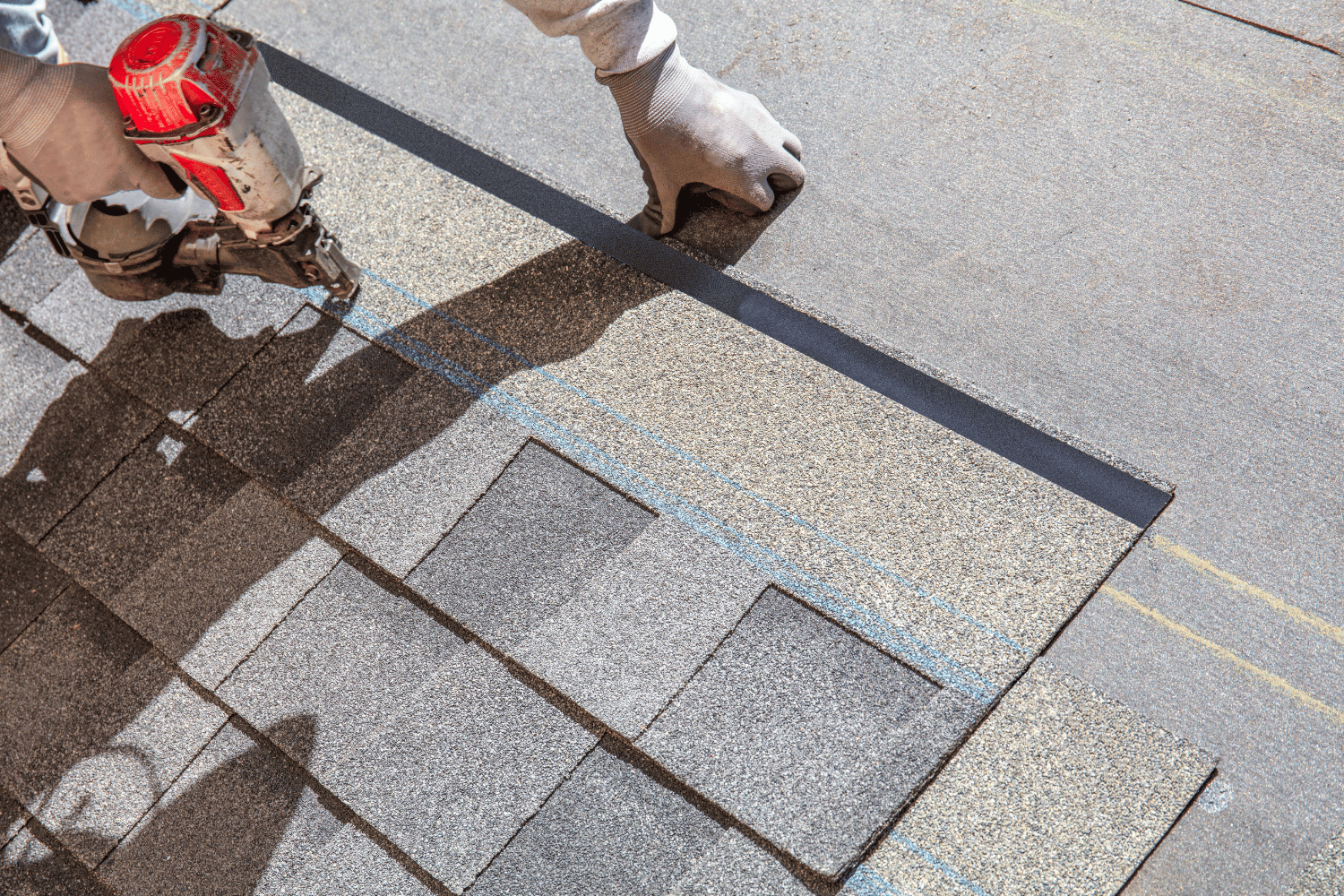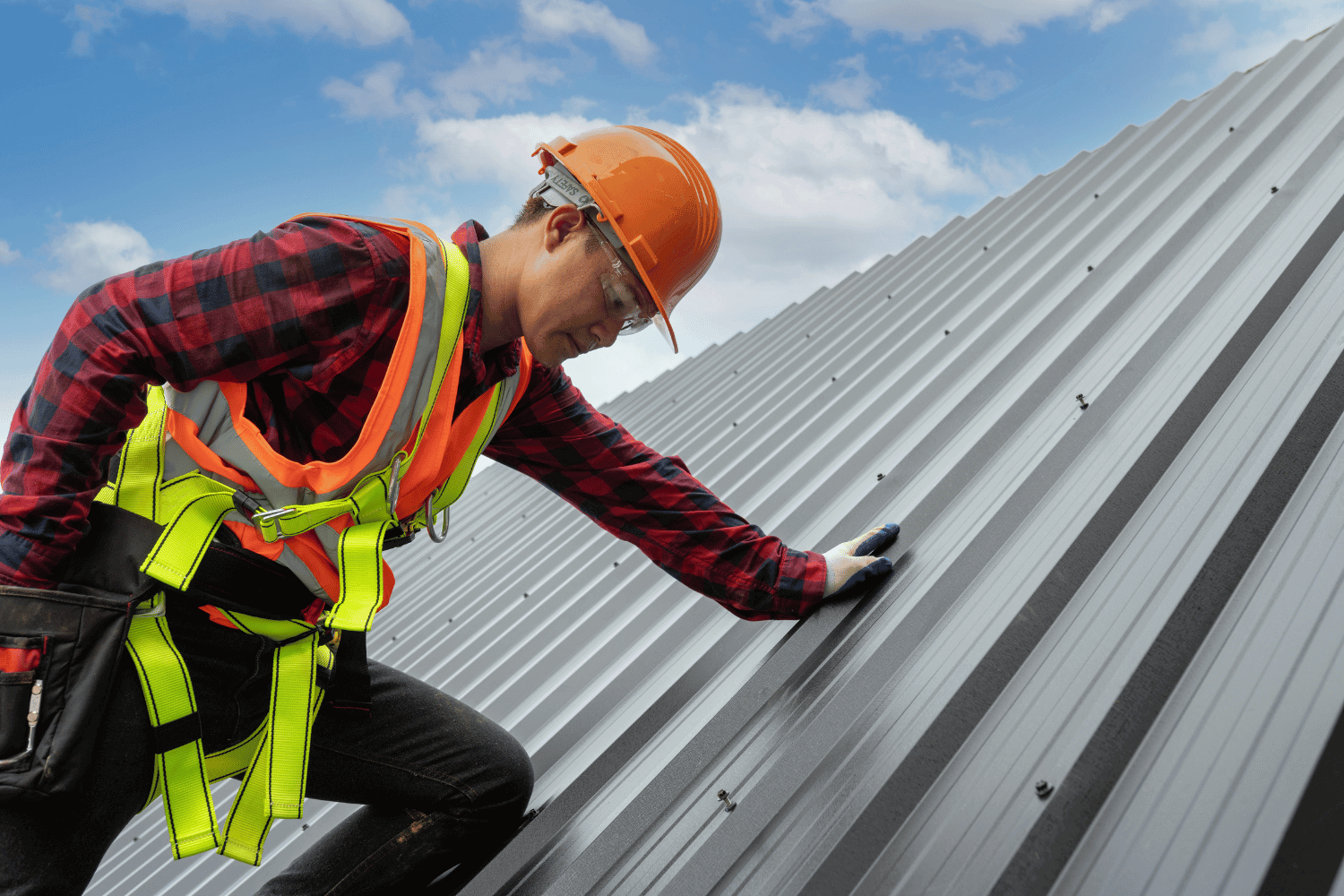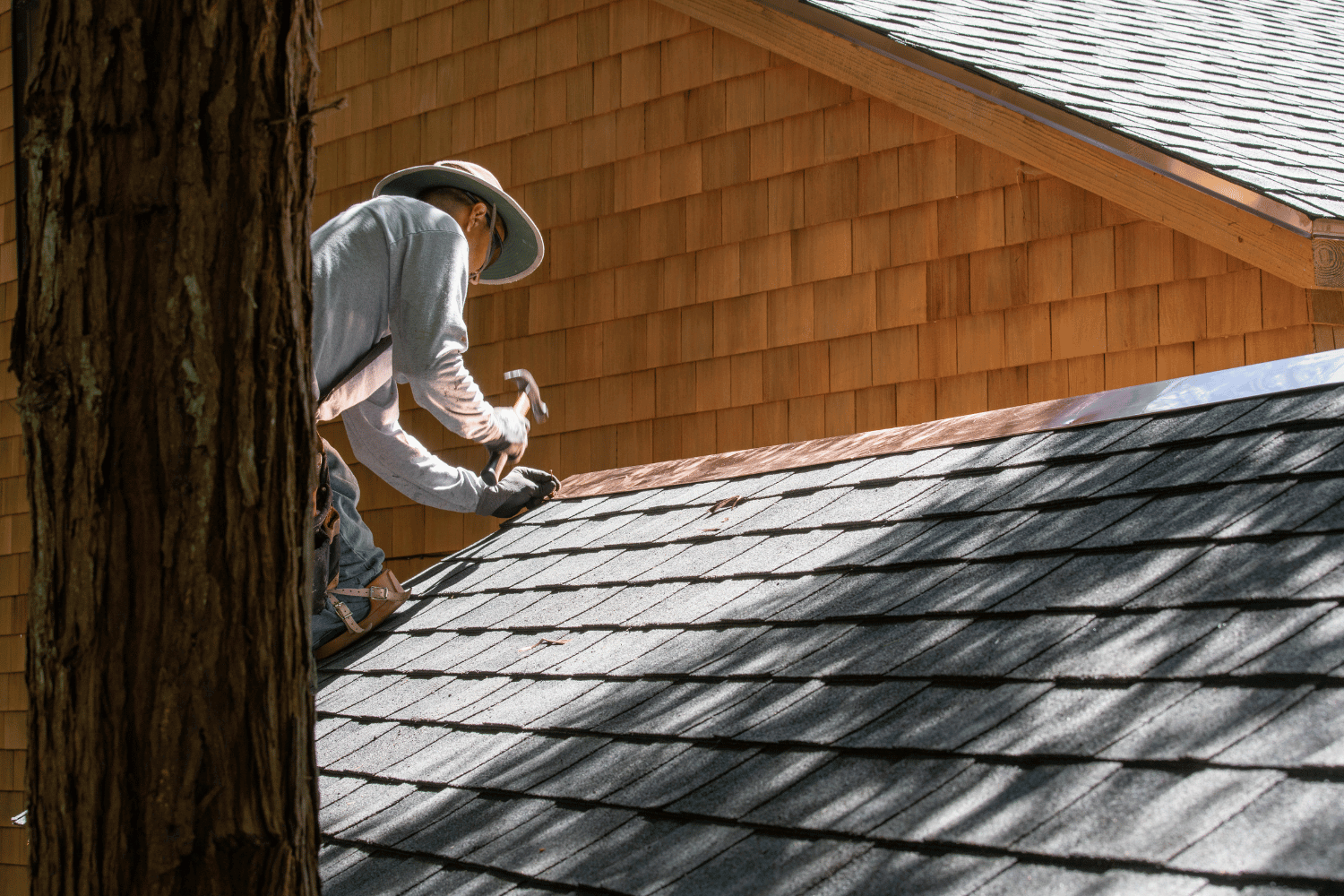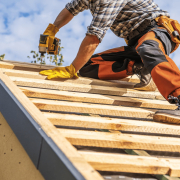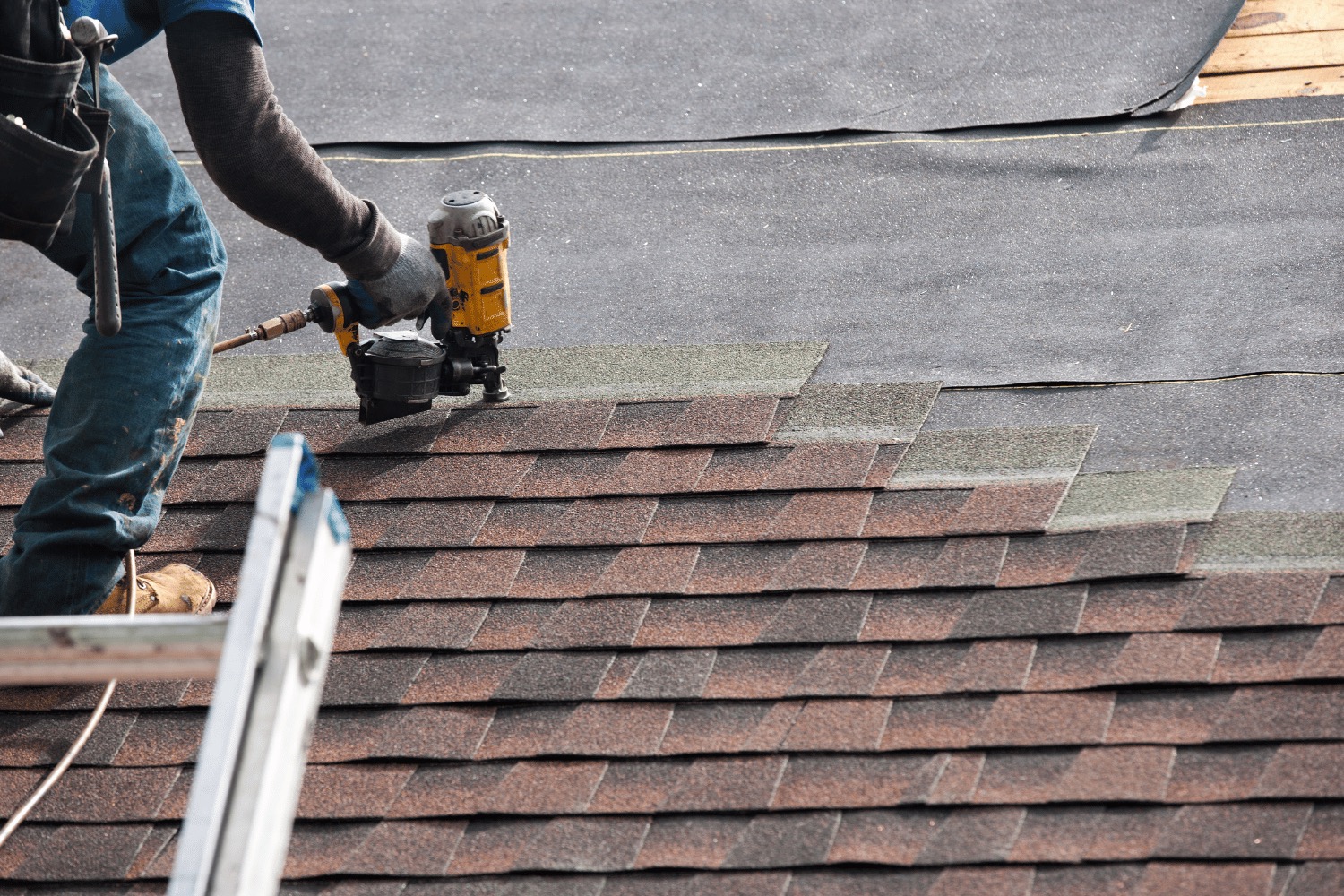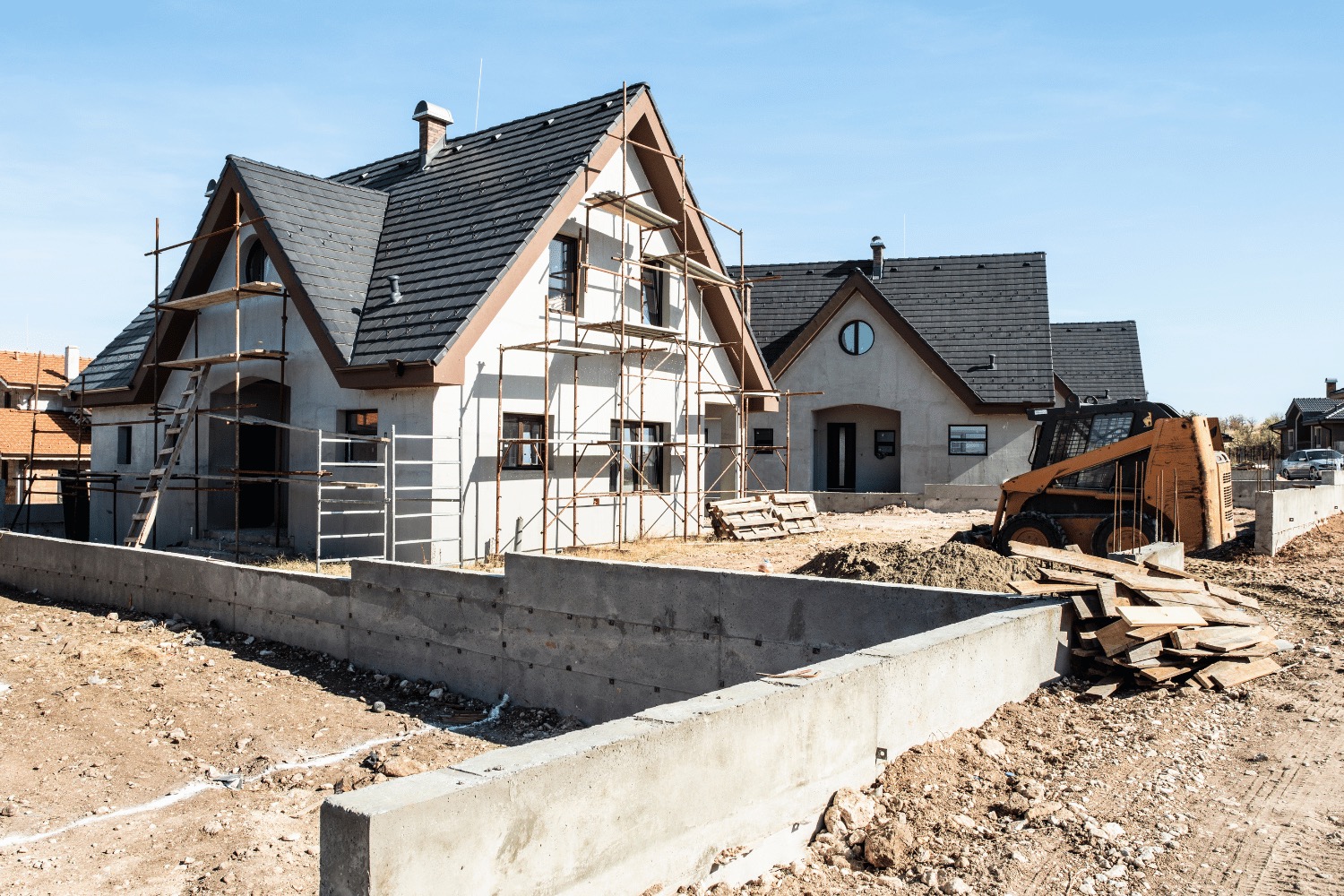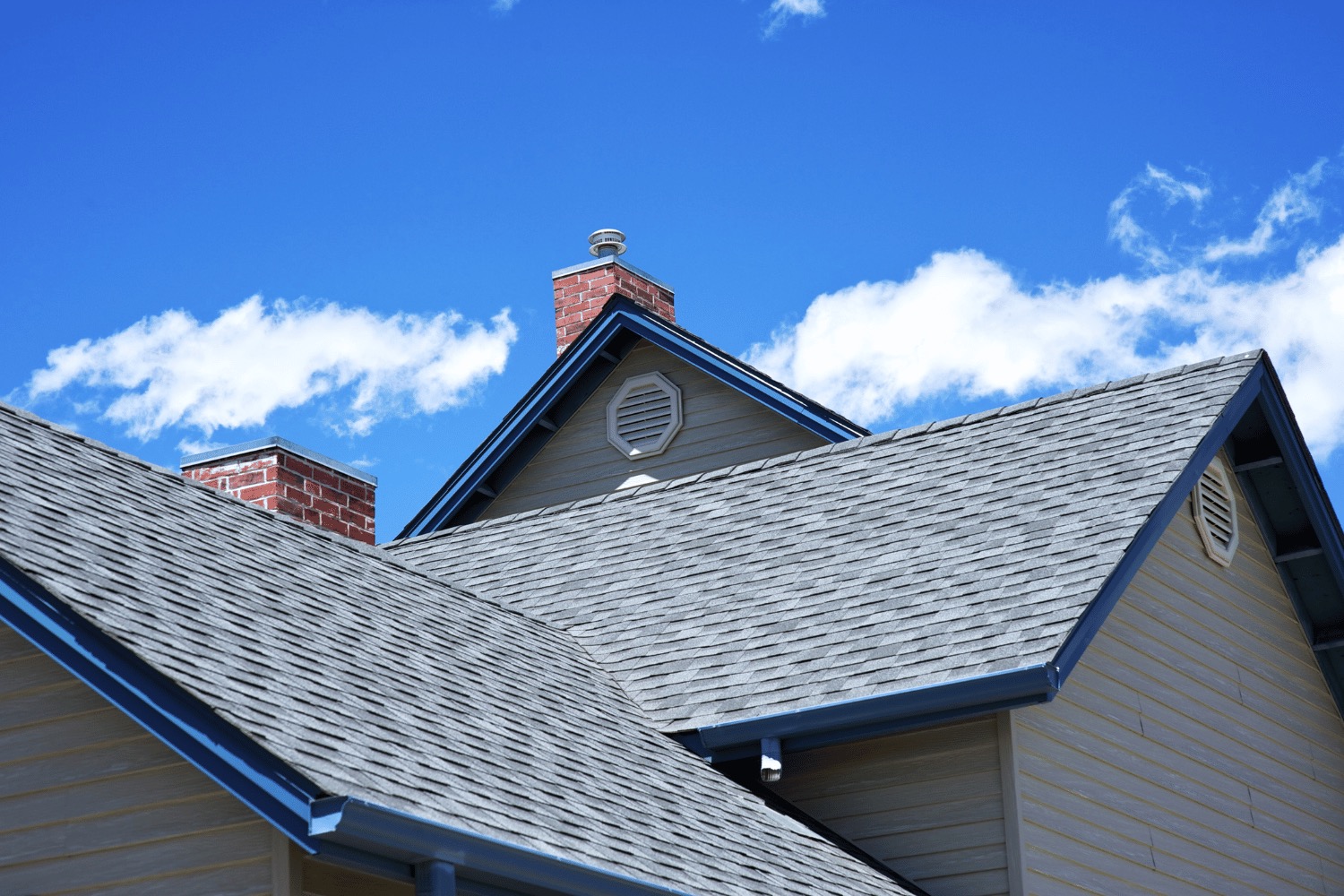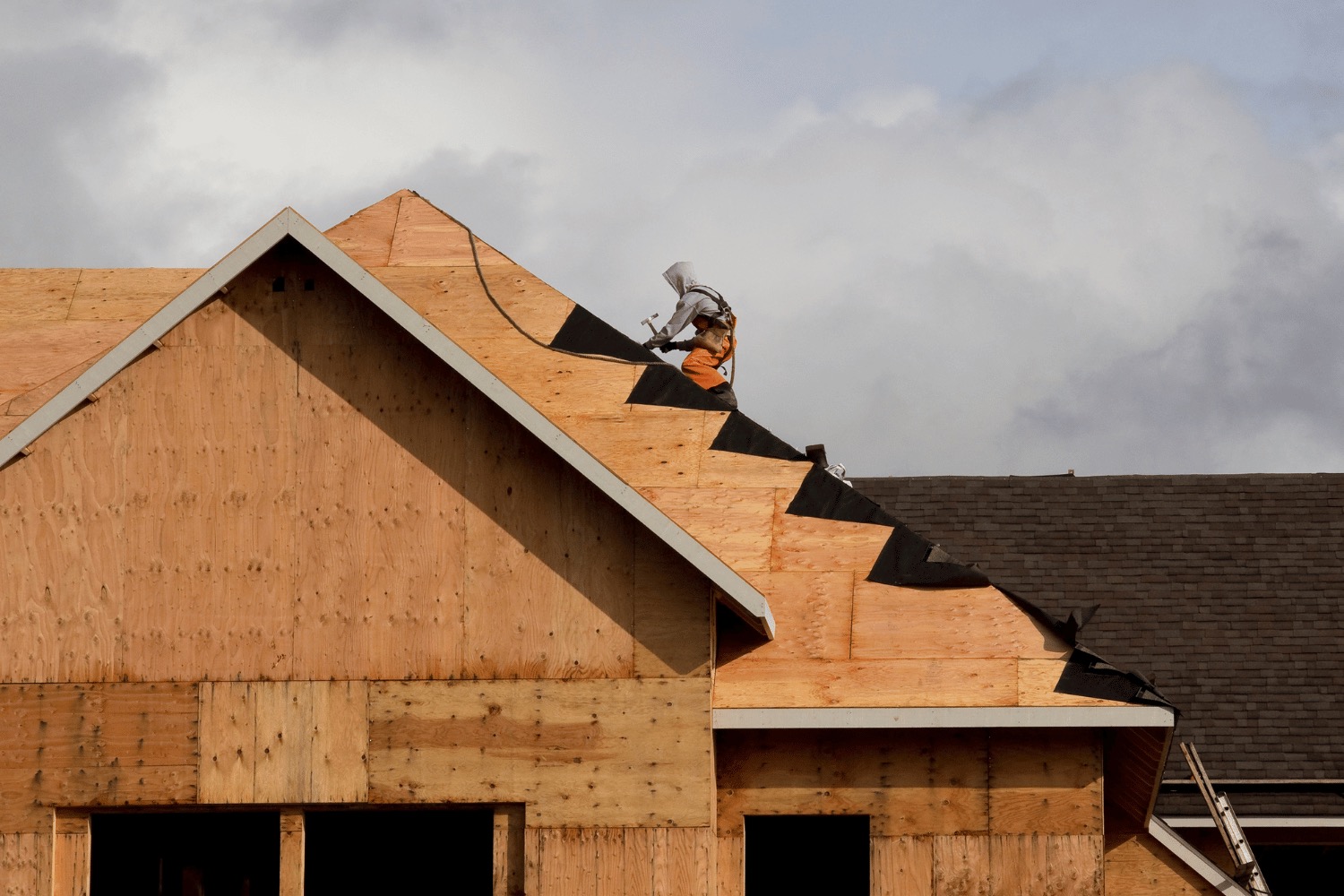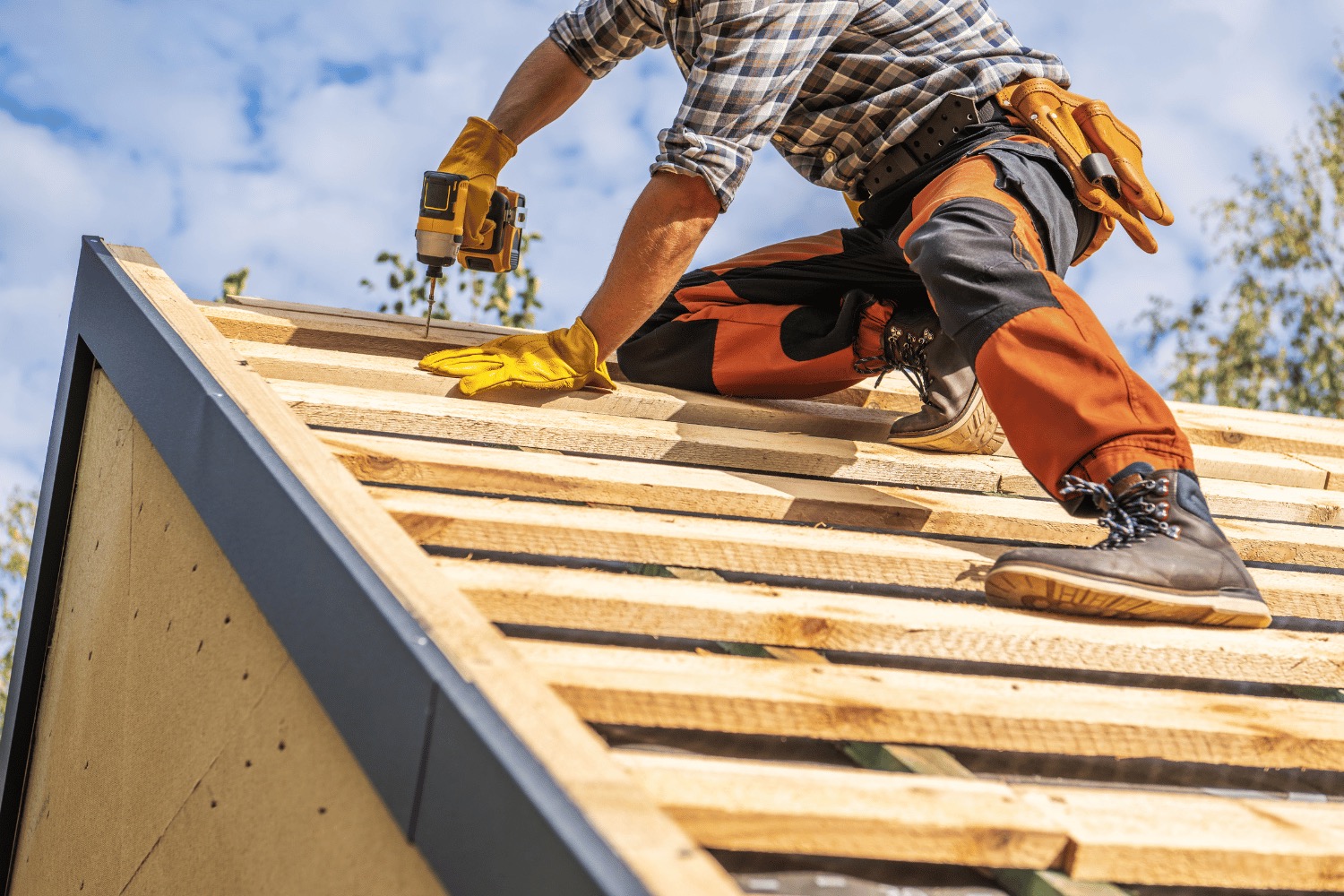Top Strategies to Mitigate Ponding Water on Flat Roofs
Ponding water on flat roofs can cause structural damage and leaks if not addressed. This guide details what ponding is, why it’s problematic, and practical strategies to mitigate it effectively.
Key Takeaways
-
Ponding water on flat roofs poses significant risks such as leaks, structural damage, and reduced roof lifespan; prompt mitigation is essential.
-
Effective strategies to combat ponding include using tapered insulation, installing additional drains, and applying reflective coatings to improve drainage and durability.
-
Regular maintenance and professional inspections are crucial for early detection and resolution of ponding issues, minimizing future costly repairs.
Top Strategies to Mitigate Ponding Water on Flat Roofs
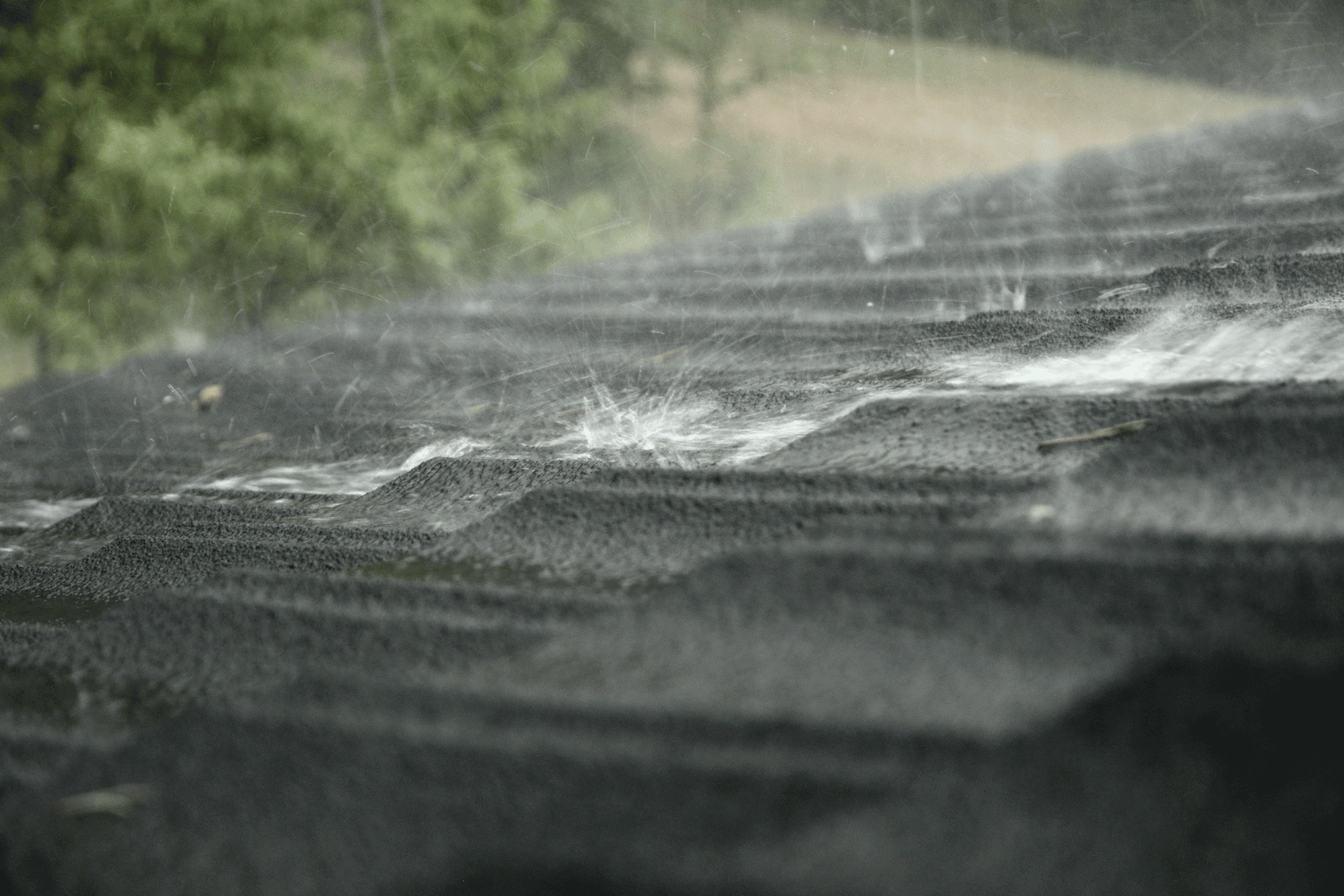
Ponding water on flat roofs, which accumulates and remains stagnant for over 48 hours, poses a significant concern for property owners. It can lead to extensive long-term damage, compromising the building’s structural integrity and the durability of the roof membrane. Addressing and mitigating ponding water issues promptly is crucial for maintaining the health of flat roof systems.
Using sprayed insulation foam can create a proper slope on flat roofs, facilitating drainage and reducing water accumulation. Products like Gaco’s insulation foam are effective in correcting low areas, preventing ponding. Additionally, applying roof coatings such as acrylic, silicone, or urethane can enhance the roof surface’s durability and mitigate the impact of ponding water.
Protecting the flat roof system against water penetration helps maintain property value and avoid costly repairs. Regular maintenance, professional inspections, and the strategies mentioned can help property owners manage and prevent water ponding on flat roofs.
Introduction
Ponding water, or incidental water, refers to rainwater that collects in puddles on flat roof surfaces and fails to drain effectively. Regular inspection and timely intervention are crucial as ponding water occurs, signaling potential risks to a building’s roofing integrity.
Silicone coatings can help mitigate the effects of ponding water on flat roofs, ensuring the longevity and durability of the roof system.
Why Ponding Water is a Concern for Flat Roof Systems
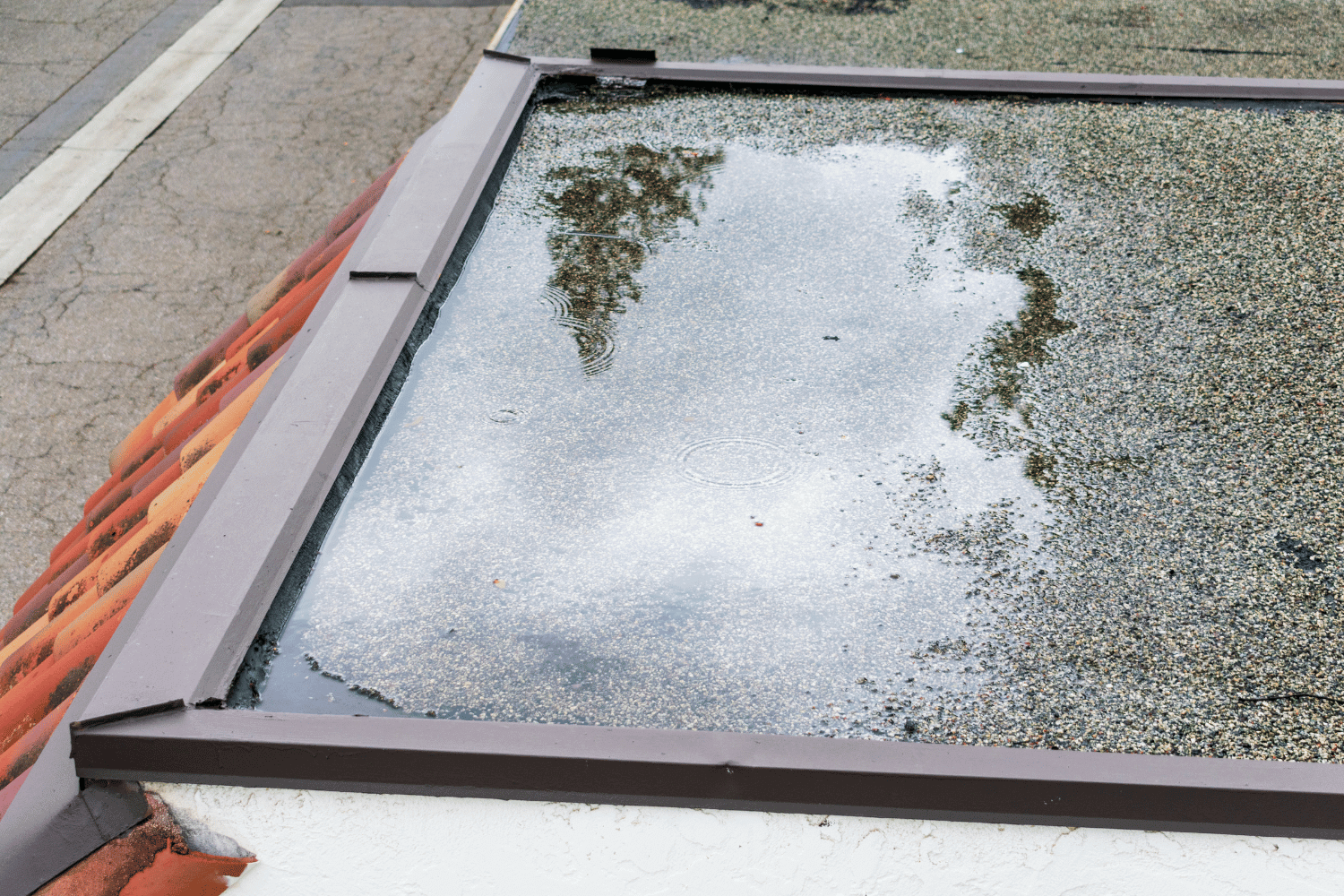
Ponding water on flat roofs presents several significant risks that should not be ignored. Prolonged exposure to stagnant water can lead to severe leaks and structural damage, threatening the overall integrity of the building. Water accumulation can cause the sagging roof deck, increasing the risk of a complete roof collapse. The continuous wetting and drying cycle can also cause roofing materials to crack and degrade over time, further compromising the roof system.
Monitoring ponding water issues and addressing them promptly is essential. Water that remains on the roof for more than 48 hours after rainfall indicates a problem requiring professional examination. If left unaddressed, these issues can void warranties and lead to more extensive and expensive repairs.
Reflective roof coatings, such as acrylic, can reduce cooling demands and mitigate the urban heat island effect, providing protection against the sun’s harmful UV rays. These coatings enhance the roof’s energy efficiency and durability, making them valuable in combating ponding water.
Common Causes of Ponding Water on Flat Roofs
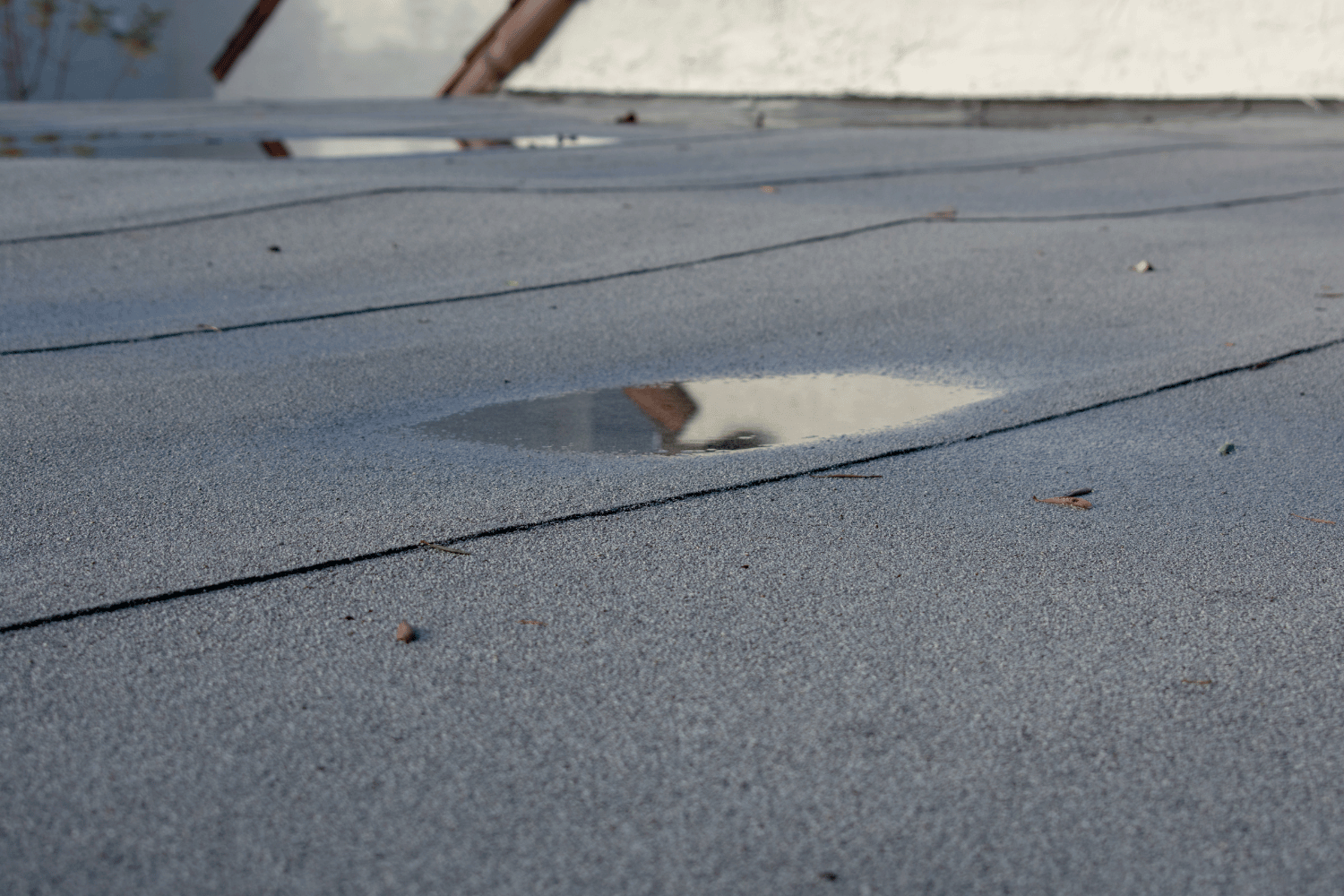
Understanding the common causes of ponding water on flat roofs is crucial for prevention. Poor roof design is a primary factor, leading to inadequate slopes and drainage systems. Even well-constructed roofs can experience ponding due to structural sagging or insufficient drainage.
Blocked drains and gutters, preventing water from flowing off the roof, and crushed insulation, creating low spots that trap water, are other contributing factors. These issues can lead to significant water accumulation and potential damage if not addressed promptly.
Poor Roof Design
Poor roof design is a leading cause of ponding water on flat roof systems. Structural irregularities, such as deformed joists or beams, and incompatible architectural plans can result in inadequate slopes and poor drainage. A proper drainage system with the correct number and placement of drains is essential to prevent standing water.
Building owners should have a structural engineer examine the roof design for irregularities and recommend necessary adjustments to ensure adequate slope and drainage. Addressing these design flaws early can prevent future water accumulation and extend the roof’s lifespan.
Blocked Roof Drains and Gutters
Blocked roof drains and gutters are another common cause of ponding water on flat roofs. Debris such as leaves, twigs, and other objects can obstruct drains, preventing rainwater from flowing off the roof. Additionally, roof modifications like skylights or smoke hatches can impede drainage, exacerbating the problem.
Regular maintenance is essential to keep drain areas clear of debris and ensure proper drainage. Keeping drains and gutters clean can prevent water from pooling near low points and potentially leaking into the building.
Crushed Insulation
Crushed insulation significantly contributes to ponding water on flat roofs. High foot traffic and heavy rooftop equipment can compress insulation, creating indentations that trap water. These low spots can hold water during rainstorms, leading to prolonged accumulation and potential damage to the roof structure.
Property owners can address this issue by adding more insulation underneath or changing their insulation strategy to promote better water flow and prevent ponding. Ensuring the roof surface remains even and well-insulated is key to mitigating this problem.
The Impact of Ponding Water on Roofing Materials
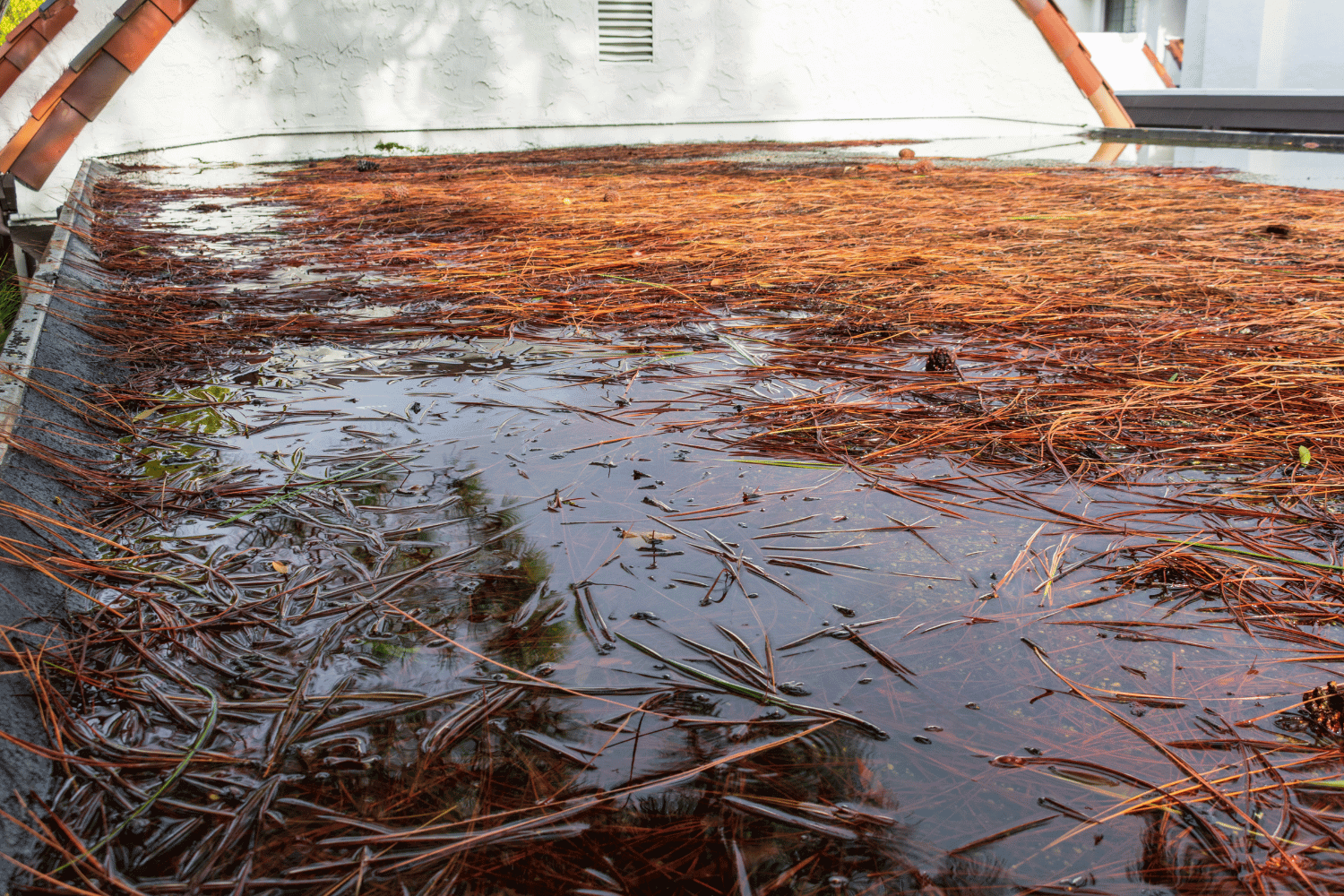
Ponding water can devastate roofing materials. Prolonged exposure to standing water can lead to leaks, cracks, and overall degradation. The added weight of ponding water can also weaken the roof’s structural components, leading to sagging or even collapse.
The continuous cycle of wetting and drying can cause roofing materials to deteriorate prematurely, reducing their lifespan and increasing the risk of leaks and structural damage. Addressing ponding water issues promptly is crucial for maintaining the roof system’s integrity.
Vegetation Growth
Vegetation growth is a common consequence of ponding water on flat roofs. Stagnant water provides an ideal environment for plant growth, which can damage the roof system and lead to costly repairs. If left unchecked, vegetation can embed roots into roofing materials, causing further deterioration and compromising the roof’s structural integrity.
Regular inspections and maintenance can help identify and remove unwanted vegetation, preventing further damage and ensuring the roof remains in good condition.
Algae and Mold Development
Stagnant water on flat roofs is a breeding ground for mold and algae, compromising the roofing system’s integrity. Algae growth can further weaken the roof structure, leading to additional damage and potentially costly repairs.
Addressing ponding water issues promptly and ensuring proper drainage can prevent algae and mold development. Regular inspections and cleaning help maintain the roof’s health and prevent these problems from escalating.
Effective Solutions to Fix Ponding Water Issues
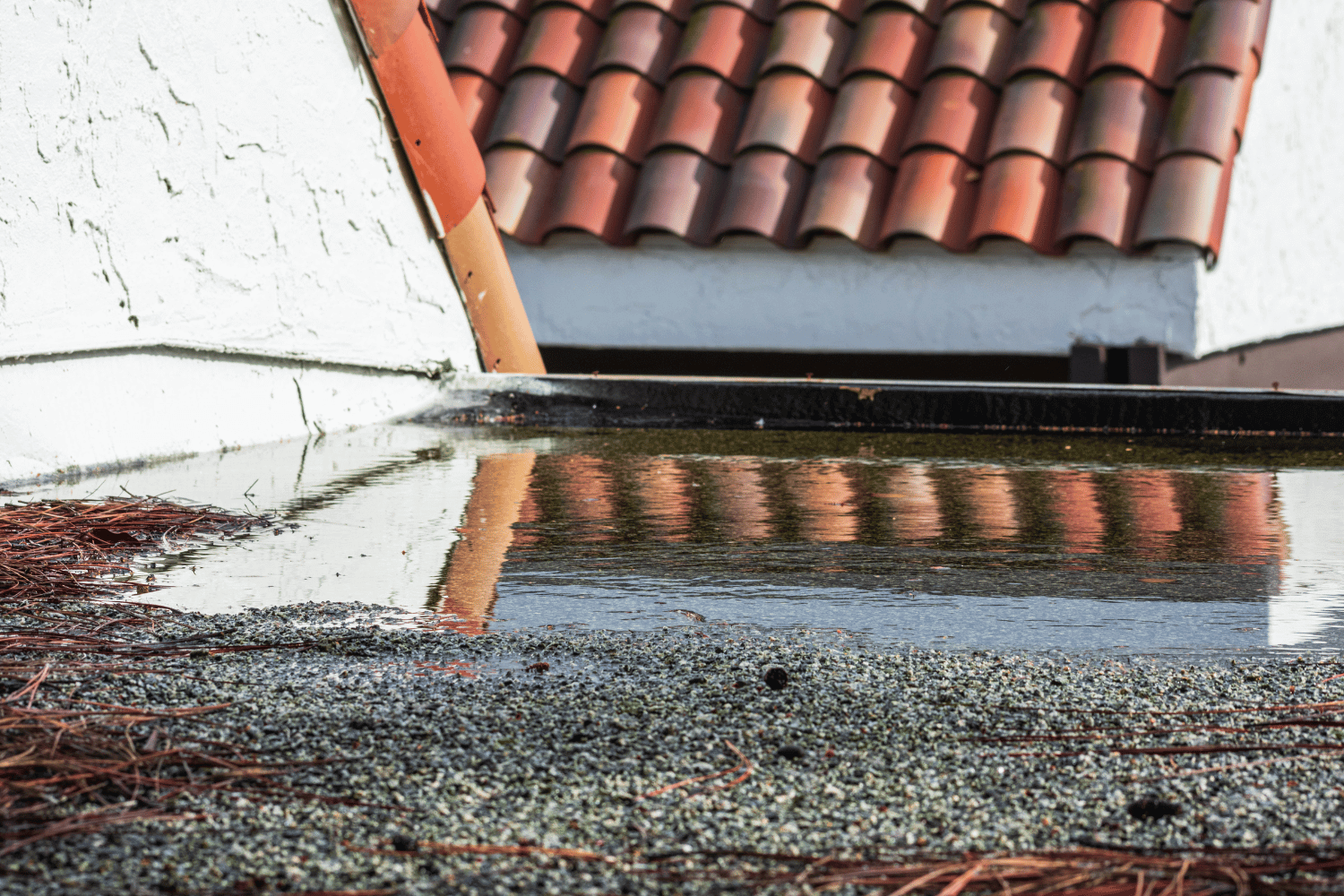
Addressing ponding water issues promptly is crucial to prevent leaks, mold, and other costly damages. Effective solutions include installing additional roof drains, using tapered insulation, and performing regular maintenance to ensure proper drainage and reduce the risk of water accumulation.
Implementing these strategies can help property owners extend the lifespan of their flat roofs and maintain their structural integrity. The team at Waddle Exteriors emphasizes the importance of prompt action and offers long-lasting, tailored solutions.
Installing Additional Roof Drains
Installing additional roof drains enhances the drainage capacity, helping to prevent water from pooling and reducing the risk of damage to roofing materials.
Ensuring proper positive drainage can extend the lifespan of roofs and maintain their structural integrity. This simple yet effective solution can make a significant difference in preventing ponding water issues related to roof drainage.
Tapered Insulation
Tapered insulation promotes effective water flow toward drains, mitigating ponding issues and ensuring proper drainage.
Common slopes for tapered insulation are typically 1% and 2% grades, which help redirect water flow and reduce the risk of water accumulation near drains and scuppers. This solution not only prevents ponding water but also extends the roof’s lifespan by maintaining its structural integrity.
Regular Maintenance
Regular maintenance is vital to prevent ponding water on flat roofs. Inspecting and cleaning drain areas regularly ensures proper drainage and reduces the risk of water pooling near low points.
Even the best materials can fail without proper maintenance, so vigilance and prompt issue resolution are essential. Regular maintenance helps maintain the roof’s health and prevent costly repairs down the line.
Professional Help for Persistent Ponding Water Problems
Persistent ponding water problems require professional intervention. Building owners should monitor and analyze any water build-up that remains after 48 hours, indicating a need for professional help.
Professional contractors can identify the source of ponding water issues and prescribe effective solutions. Choosing a skilled roofer minimizes future ponding risks and ensures the roof system’s longevity.
How Waddle Exteriors Can Assist You
Waddle Exteriors offers specialized solutions to effectively address and resolve ponding water issues on flat roofs. With over 40 years of experience, their team provides comprehensive services, including roof inspection, repair, replacement, and installation.
Customer reviews highlight Waddle Exteriors’ helpful assistance, efficient communication, and quality workmanship, making projects seamless and smooth. Collaborating with GAF, a top US industry leader in roofing materials, they ensure quality and durability in all their roofing projects.
Summary
Addressing ponding water on flat roofs is crucial for maintaining the structural integrity and longevity of the roof system. Understanding the causes, impacts, and effective solutions for ponding water can help property owners take proactive measures to mitigate this issue.
By implementing strategies such as installing additional drains, using tapered insulation, and maintaining regular roof inspections, property owners can prevent water accumulation and extend the lifespan of their roofs. Remember, prompt action and professional help are key to resolving persistent ponding water problems and ensuring a healthy roof system.
Frequently Asked Questions
What is ponding water on flat roofs?
Ponding water is the accumulation of stagnant water on flat roofs for over 48 hours, which can jeopardize the roof’s integrity and structural stability. It is essential to address this issue promptly to prevent potential damage.
What causes ponding water on flat roofs?
Ponding water on flat roofs is primarily caused by poor roof design, blocked drains and gutters, and crushed insulation. Addressing these issues is essential to prevent water accumulation and potential damage.
How can I prevent ponding water on my flat roof?
To prevent ponding water on your flat roof, install additional roof drains, utilize tapered insulation to facilitate proper water flow, and conduct regular maintenance to ensure that drains remain clear.
What are the risks of ignoring ponding water on flat roofs?
Ignoring ponding water poses significant risks, including leaks, structural damage, material deterioration, and even roof collapse, leading to expensive repairs and a shortened roof lifespan. It is crucial to address these issues promptly to ensure the longevity and safety of the roof.
How can Waddle Exteriors assist with ponding water issues?
Waddle Exteriors can assist with ponding water issues through comprehensive roof inspection, repair, replacement, and installation services, ensuring a durable roofing solution. Their specialized approach guarantees effective resolution of such water concerns.

